1. Tomatoes
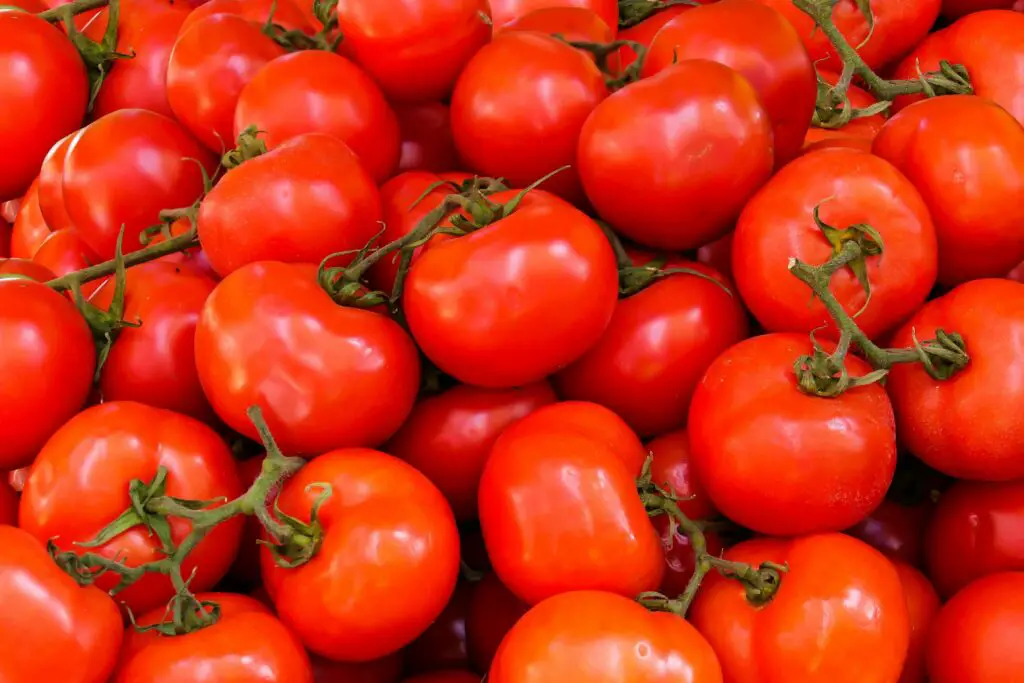
It’s hard to imagine a world without tomatoes in our pasta sauce or on a fresh summer salad, but for centuries, people thought they were toxic. In 18th-century Europe, tomatoes were nicknamed “poison apples” because upper-class folks who ate them sometimes fell ill—or worse. The real culprit, though, was the pewter plates they used. The acidic tomatoes would leach lead from the dishware, causing poisoning that looked like it came from the fruit shares Daily Mail.
It wasn’t until the 1800s that tomatoes started shedding their bad reputation. Once people realized the fruit wasn’t to blame, cooks began using them in everything from ketchup to stews. Still, the fear lingered for a while. It’s wild to think that something so common today once caused such alarm. We now can’t imagine life without pizza sauce. All it took was a little science and some brave taste-testers to change history adds Montreal Gazette.
2. Potatoes
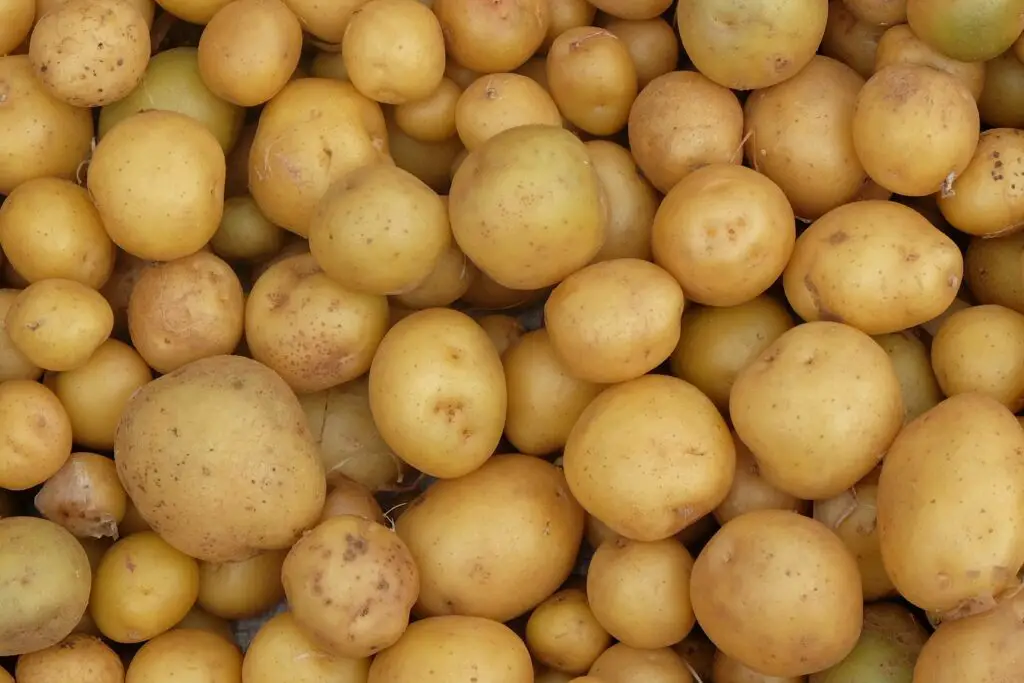
Potatoes might be the most humble food on the plate, but early Europeans didn’t trust them one bit. When they first arrived from South America, people thought they caused leprosy or were linked to evil spirits. Part of the confusion came from their resemblance to deadly nightshade plants. Plus, potatoes grow underground, which just seemed shady to superstitious minds shares HuffPost.
Eventually, farmers discovered that cooked potatoes were perfectly safe and, more importantly, cheap and filling. Once France and Ireland embraced them, they became a staple. But that early fear led to years of rejection. It’s strange to think mashed potatoes were once met with suspicion. Today, they’re comfort food at its finest. Just goes to show how time changes everything adds EatingWell.
3. Rhubarb

Rhubarb’s bright pink stalks look cheery enough, but people have long been wary of this tart plant. The danger lies in the leaves, which contain oxalic acid, a compound that can cause kidney problems or worse if eaten in large amounts. Early on, this made folks hesitant to trust the entire plant. Some even assumed the whole thing was toxic.
Over time, cooks realized it was just the leaves that were problematic, and the stalks were perfectly safe—and delicious in pies. Even now, recipes still warn you to toss the greens. It’s a rare example of a food that’s part dangerous, part delightful. Thankfully, once we figured out which part to eat, rhubarb became a springtime favorite. But that original concern wasn’t entirely misplaced.
4. Mushrooms
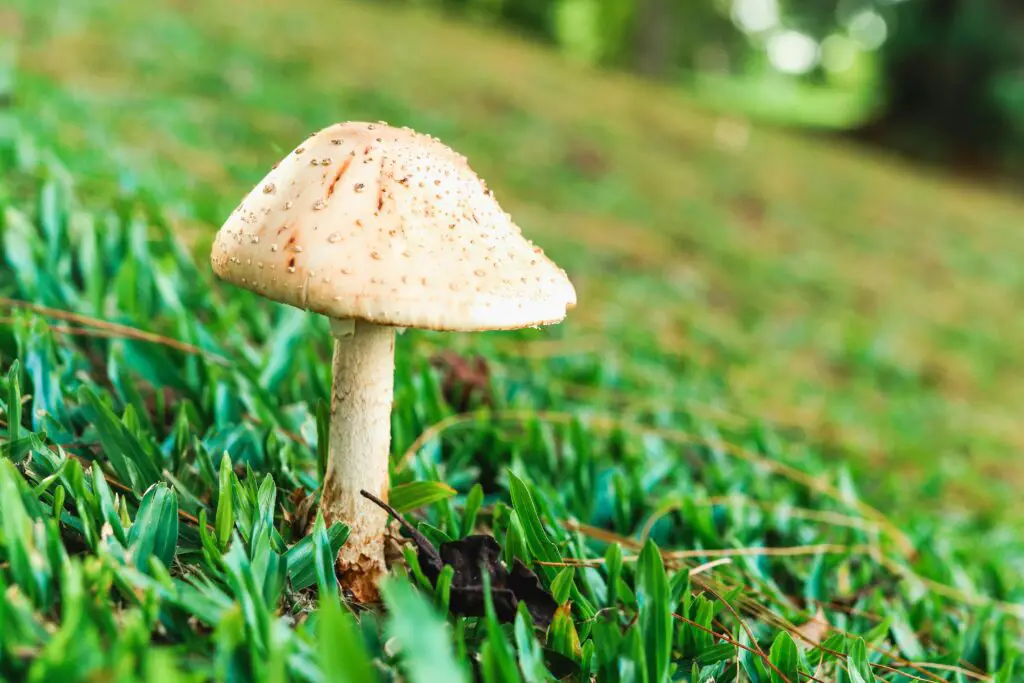
Mushrooms have always carried an air of mystery. They pop up overnight, grow in strange places, and some of them can be lethal. That’s why, for centuries, people treated all mushrooms with suspicion. Without proper knowledge, it was incredibly risky to eat wild ones—some varieties can cause hallucinations, liver failure, or even death.
Today, we’ve sorted the edible from the dangerous, and mushrooms are a grocery store staple. But the old fears linger in folklore and cautionary tales. There’s still a sense of danger when foraging in the wild. For many, if it didn’t come from a supermarket, they won’t touch it. The line between food and poison is just too thin to gamble with.
5. Almonds
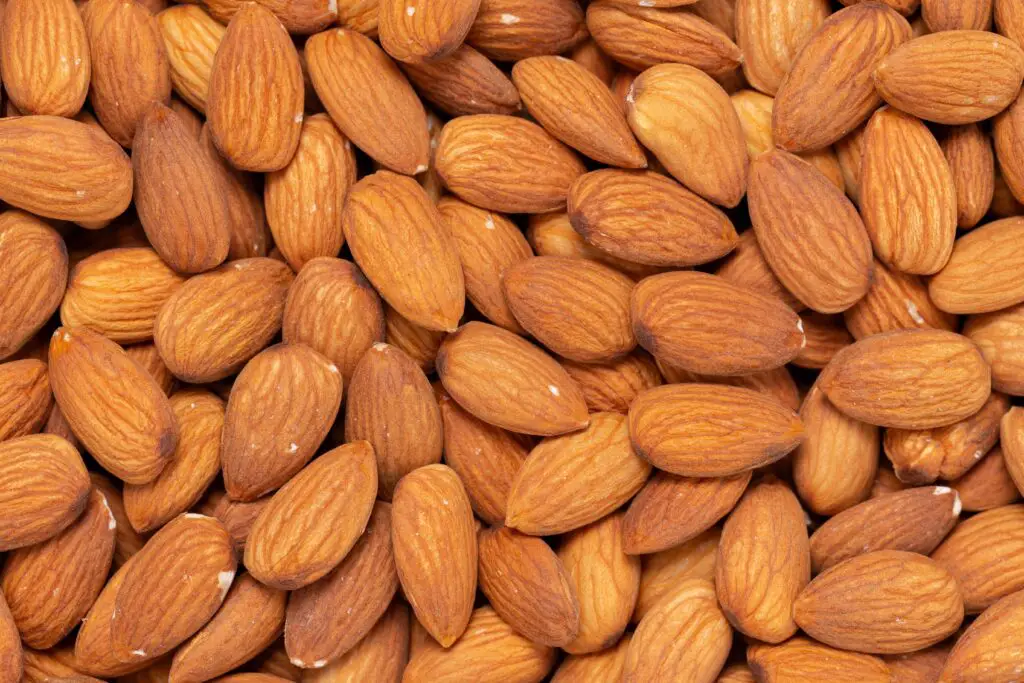
Almonds are now considered a superfood, but not all almonds are created equal. Bitter almonds, which occur naturally in the wild, contain amygdalin—a compound that can turn into cyanide when digested. Eating just a handful of raw bitter almonds could be fatal, which made people understandably cautious.
Sweet almonds, the kind we eat today, were carefully cultivated to be safe. It took years of breeding and selection to make them the go-to snack we know now. Even so, regulations still ban the sale of raw bitter almonds in many places. It’s a surprising backstory for something that now gets sprinkled on yogurt. The almond’s dangerous cousin is still out there, but thankfully, not in our pantries.
6. Nutmeg
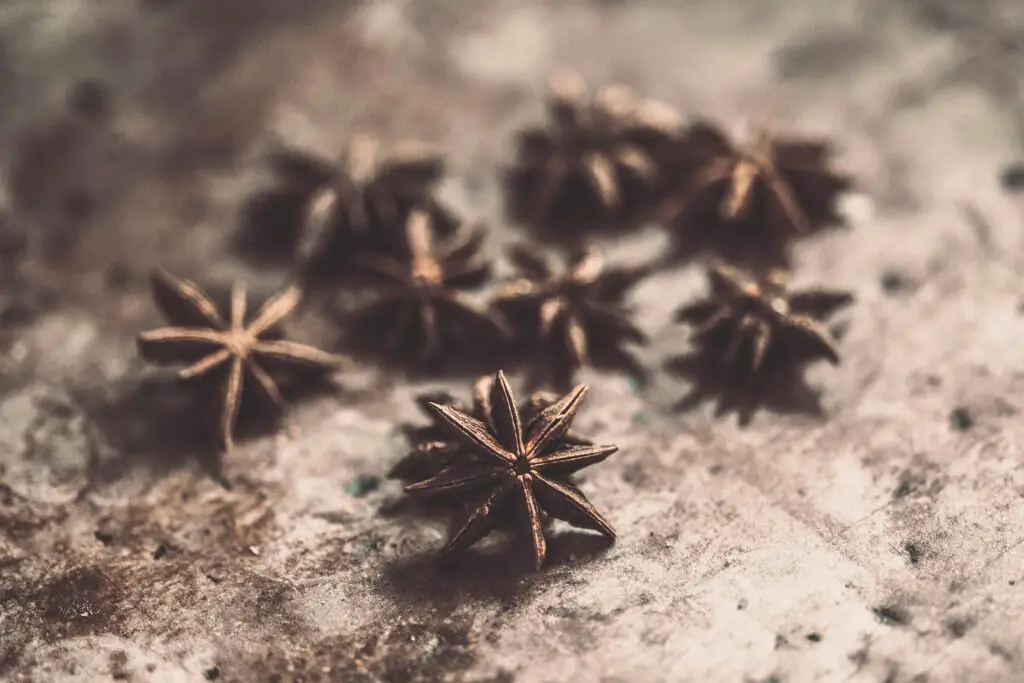
Nutmeg adds warmth to cookies and holiday drinks, but in large amounts, it’s surprisingly dangerous. This spice contains myristicin, a compound that can cause hallucinations, nausea, and in extreme cases, seizures. In the Middle Ages, it was even used as a psychoactive drug by those who dared.
People used to treat nutmeg with a mix of reverence and fear. Its effects were unpredictable and a little scary. While a sprinkle in your latte is perfectly safe, a tablespoon is another story. Today, we mostly think of nutmeg as cozy, but it still deserves respect. That little jar in your spice rack has a wild past.
7. Cassava
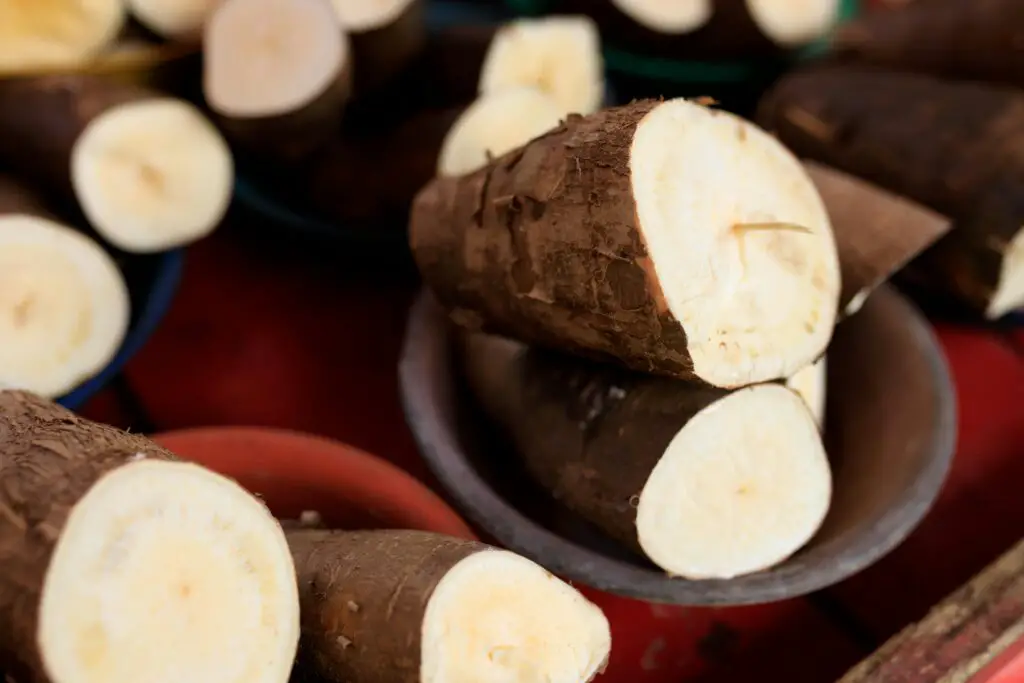
Cassava is a root vegetable that feeds millions around the world, but if it’s not prepared properly, it can release cyanide. The plant contains compounds that become toxic unless it’s soaked, dried, or cooked thoroughly. This made early adopters understandably cautious.
Despite the risk, many cultures learned to process cassava safely and incorporated it into traditional dishes. Tapioca, which comes from cassava, is now a staple in puddings and bubble tea. It’s a reminder that food safety is often about tradition and preparation. What seems dangerous at first can become a lifeline, once people figure out how to handle it. Still, cassava’s dark side makes it one of the more intense root vegetables out there.
8. Chili Peppers
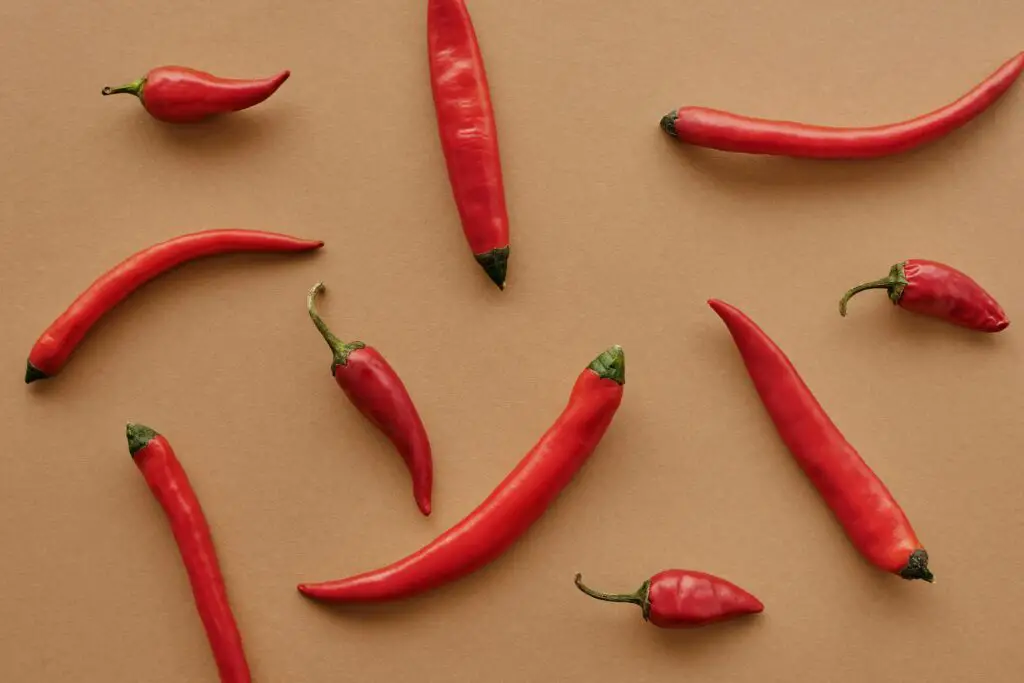
Chili peppers are beloved for their heat, but their intense burn once made people think they were harmful. The fiery sensation they produce is thanks to capsaicin, which can cause pain, swelling, and even short-term numbness. Early explorers who encountered them thought they were more punishment than food.
Over time, people began to appreciate the rush that came with spice. Cultures around the world developed cuisines that celebrated chili heat. Now, some folks even chase that burn with hot pepper eating contests. What was once considered too intense to be safe is now thrilling. Still, anyone who’s accidentally rubbed their eyes after handling a pepper knows—they weren’t totally wrong to be cautious.
9. Coffee

It’s hard to believe now, but coffee was once treated like a suspicious elixir. In the 16th and 17th centuries, some authorities believed it could lead to irrational behavior or even moral decay. Religious leaders in some regions tried to ban it, worried it would stir unrest or promote vice.
Despite the opposition, people loved the energy boost it gave. Coffeehouses popped up everywhere and became centers for conversation and revolution alike. The “danger” became part of its allure. Today, it’s how millions of us start our mornings. But those early fears weren’t entirely unfounded—it really does change how we think and feel.
10. Bananas
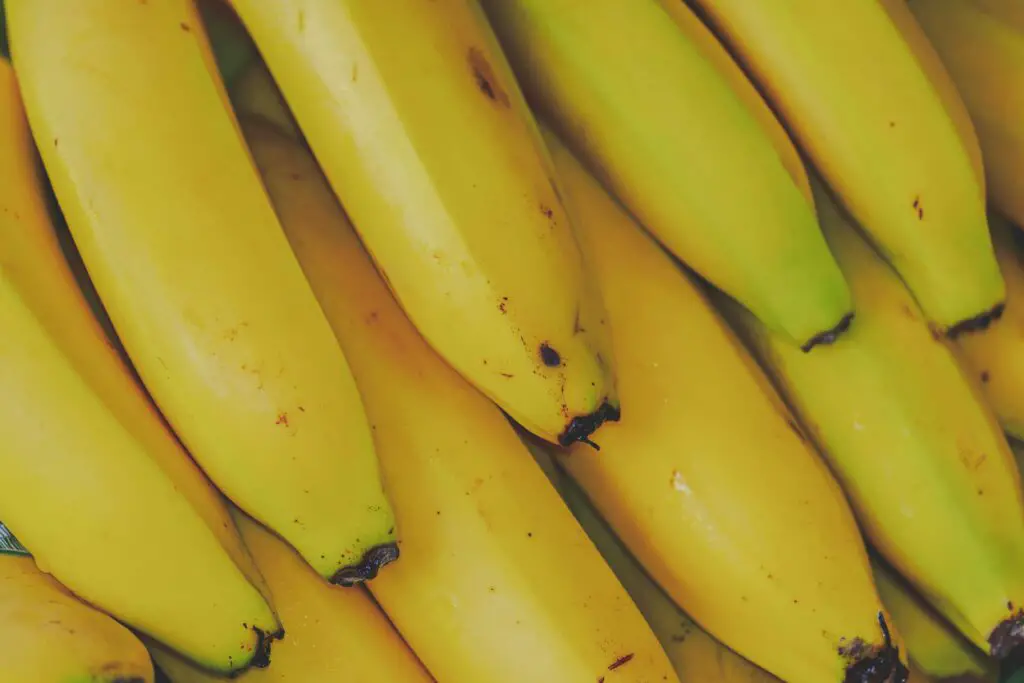
Bananas might seem like the least threatening food in the produce aisle, but they once carried a hidden concern. In the mid-20th century, scientists discovered they emitted trace amounts of radiation due to their potassium content. The term “banana equivalent dose” was even coined to measure radiation in bananas.
Of course, the radiation level is completely harmless, but the news still spooked people. For a while, it became a strange scientific curiosity. In truth, you’d have to eat thousands of bananas at once to be at risk, and by then, other issues would’ve kicked in. Still, it’s a fun reminder that even the gentlest fruits can surprise us. Bananas, radioactive? Who knew?
11. Carrots

Carrots have a squeaky-clean image now, but they weren’t always so well understood. In ancient times, they were often confused with similar-looking but toxic plants. Even when people did eat them, some believed they were only safe when cooked.
Things changed when their nutritional benefits, especially for eyesight, became widely accepted. But even today, if you eat too many, you can actually turn your skin orange—temporarily, of course. That odd side effect made some early doctors uneasy. It’s a harmless quirk, but it shows how quickly perceptions can shift. Now we just associate them with Bugs Bunny and good health.
12. Apples
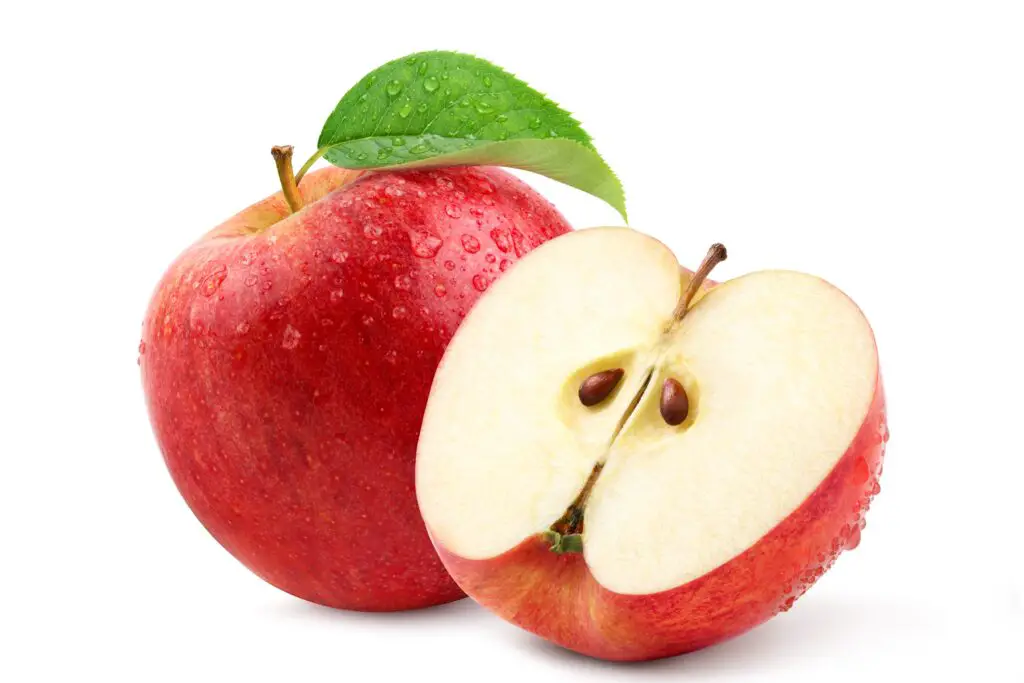
An apple a day might keep the doctor away, but it turns out the seeds have a dangerous secret. Apple seeds contain amygdalin, the same compound found in bitter almonds that can produce cyanide in the body. The amounts are tiny, but theoretically, consuming a large number of seeds could be toxic.
Most people spit out or avoid apple seeds, so there’s little real risk. Still, that trace of danger tucked inside a lunchbox favorite is fascinating. It’s like the fruit has its own built-in defense mechanism. Thankfully, you’d have to go out of your way to eat enough seeds to do any harm. But the fact remains, even apples have a little edge.
13. Milk
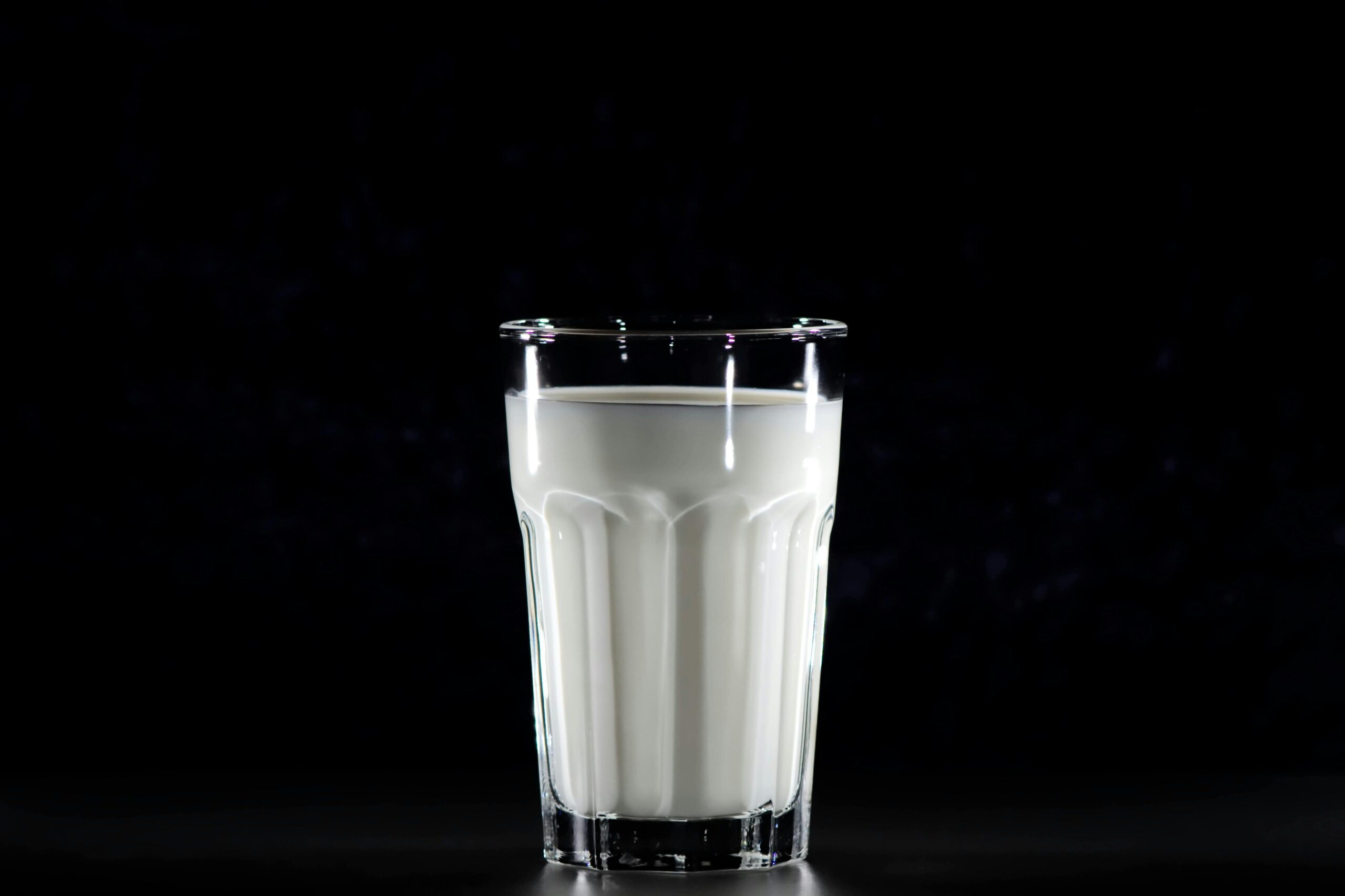
Today, milk is marketed as pure and wholesome, but it wasn’t always trusted. Before pasteurization became standard, raw milk could carry dangerous bacteria like tuberculosis and brucellosis. This made it a real gamble, especially for children and the elderly.
Once pasteurization was introduced, milk’s safety skyrocketed, and it became a dietary staple. But the transition didn’t happen overnight. Some people resisted, claiming the heating process ruined the milk’s quality. Still, science won out, and now we rarely think twice before pouring a glass. It’s easy to forget it used to be a risky sip.
14. Oysters

Oysters are a delicacy now, but for years, people were wary of them—and for good reason. They can carry harmful bacteria like Vibrio, especially when eaten raw. Before modern refrigeration and safety standards, eating oysters was a roll of the dice.
Back then, an oyster feast could just as easily send you to bed as to bliss. Over time, improved harvesting practices and strict rules made them safer. Still, most menus come with a disclaimer about the risks. Even today, there’s something thrilling about eating them raw. It’s a luxury with a hint of danger that some people still can’t resist.
